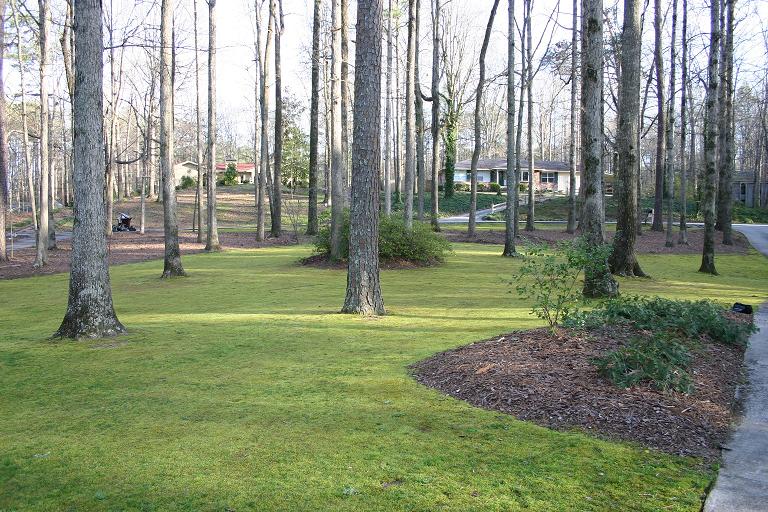

You may need to remove leaves or debris that accumulate on the surface of the moss, and you can use a rake or broom to gently fluff up the moss and keep it looking healthy.


Remove any existing grass or weeds, loosen the soil with a rake or tiller, and add a layer of organic matter like compost or peat moss. If the soil is not already acidic, you can lower the pH by adding sulfur or using an acidifying fertilizer. Prepare the soil: Moss prefers acidic soil with a pH between 5.0 and 6.5.Choose the right location: Moss lawns typically prefer shady, damp areas with good drainage, such as the north-facing side of a house, under a tree canopy, or in a spot that receives regular rainfall or irrigation.To create a moss lawn, follow these general steps: Moss lawns have become increasingly popular due to their low-maintenance requirements, unique aesthetic appeal, and ability to thrive in shady or moist areas where traditional grass lawns often struggle. Moss lawns are an alternative to traditional grass lawns that are made up of various types of mosses instead of grass.


 0 kommentar(er)
0 kommentar(er)
